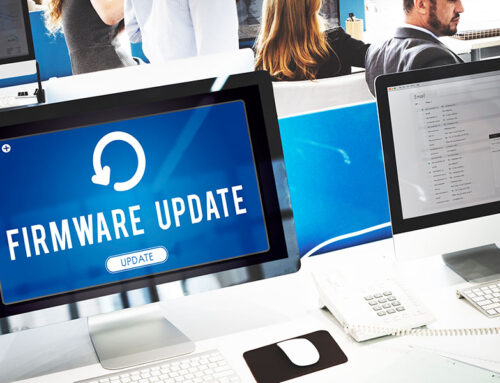 Efficient management of IT projects saves your company time and money and lays the groundwork for successful growth. When considering common issues that derail project completion, scope creep is arguably the biggest threat to your project’s success. Fortunately, there are a number of ways IT project management services can minimize the potential for scope creep and keep your efforts moving forward smoothly.
Efficient management of IT projects saves your company time and money and lays the groundwork for successful growth. When considering common issues that derail project completion, scope creep is arguably the biggest threat to your project’s success. Fortunately, there are a number of ways IT project management services can minimize the potential for scope creep and keep your efforts moving forward smoothly.
Understanding Scope Creep
The term scope creep refers to a project that has gone beyond the projected scope. Projects that suffer from scope creep tend to lose focus and require more time, attention and resources than initially projected. This happens when the scope of a project is not clearly defined, leaving room for unnecessary additions after the project is already underway. This can leave those involved with the project chasing completion rather than working toward a specific goal in outlined steps. The best answer to scope creep is prevention, although there are also some steps you can take if you believe your project is already suffering.
Preventing Scope Creep
Preventing scope creep is the best way to ensure your project stays on track and gives you the best chance of hitting your target goals. At the beginning of a project, take the following steps to protect your efforts from losing focus.
Clearly Define Requirements
Communicate with project stakeholders to learn the overall expectations. If there are conflicts, take the time to mediate and come to a unified conclusion before beginning the project. If an agreement cannot be reached, determine if the issue needs to be prioritized within the project scope and leave it out if you conclude it isn’t critical to the overall project. Clearly document all the agreed-upon expectations and use that document as the basis for project planning.
Change Control Process
Set up a change control process that everyone can accept. For example, if a change is proposed while a project is underway, there should be a set standard for review, approval and implementation. Identify who will handle each of these steps.
Scheduling
Use your requirements document to schedule all the tasks associated with the project. This will ensure all the expectations are covered and keep your project moving forward. Be sure to consider possible changes as the project moves forward and work in some flexibility.
Double-Check Your Work
Discuss the finalized schedule and requirements document with all the project stakeholders again before moving forward. This gives you the opportunity to iron out any miscommunication issues and allows everyone to sign off on a final plan.
Discuss with the Project Team
Bring your project team into the loop to ensure they are comfortable with the schedule and agree that the expectations are realistic. If potential issues are brought to the table by your team members, add them to your contingency plan or return to the stakeholders to discuss alternate options.
Managing Scope Creep
If you have a project underway that already suffers from scope creep, there are steps you can take to bring it back on track. This begins with identifying scope creep early and taking quick action to keep it under control.
Identifying Scope Creep
Identifying early signs of scope creep can give you an opportunity to stop it before it becomes a real problem. If milestones are being missed, team members express confusion about their roles and responsibilities or your project manager is not actively involved, there is a good chance scope creep is threatening your project. Taking the following steps can help resolve the issue.
Transparency
The moment you recognize scope creep in a project, bring it up with your project team and stakeholders. Everyone needs to actively work together to get the project back on track.
Descope
Identify areas of the project that are extending beyond the initial scope and find ways to reel them back in. This may mean discarding proposed changes or taking a hard line on budget and time limitations.
Determine Impacts
Clearly identify the impact made on your project and adjust accordingly. This could mean adjusting your timeline or reassigning roles to more appropriate team members. New requests should also be handled with care to prevent further issues moving forward.
Go Back to the Beginning
Take steps to clearly define expectations with current progress in mind. Make sure everyone involved is in agreement and that change requests are handled through a set change control process.
Prevention Is Key
Scope creep is a fixable issue, but prevention gives your project the best chance for success. Remember that setting and documenting clear expectations and having a set change control process are the best ways to keep your project running smoothly, on time and within budget.
About the Author: EIRE Systems
EIRE Systems is a leading independent provider of professional IT, AV and Access Security services to the financial, insurance, manufacturing, health care, retail, construction, hospitality, commercial real estate, legal, educational and multinational sectors in Japan and throughout the Asia Pacific region. EIRE Systems has expertise across a wide spectrum of Information Technologies, with a track record for successfully completing hundreds of assignments since its establishment in 1996.



